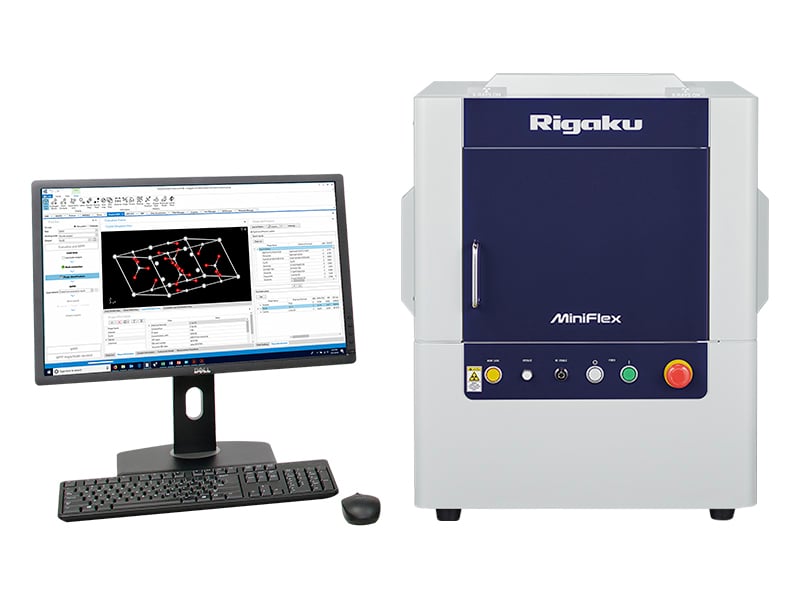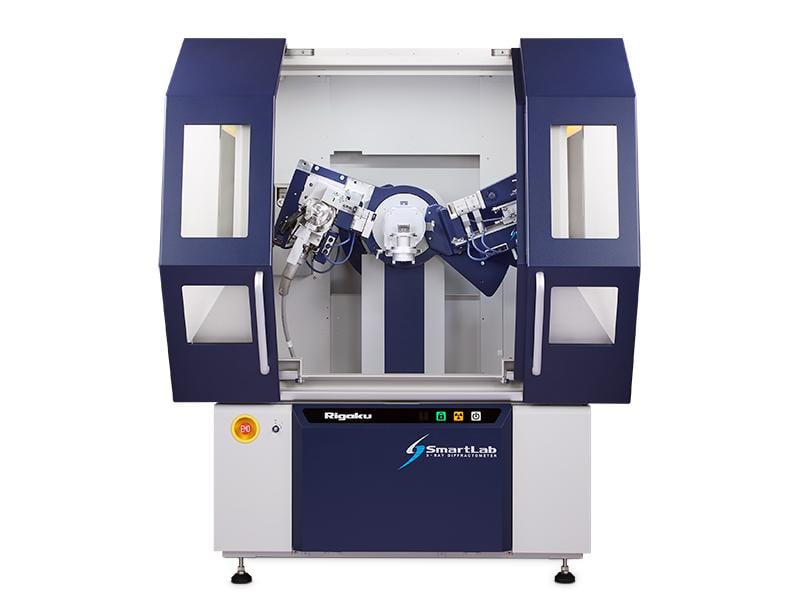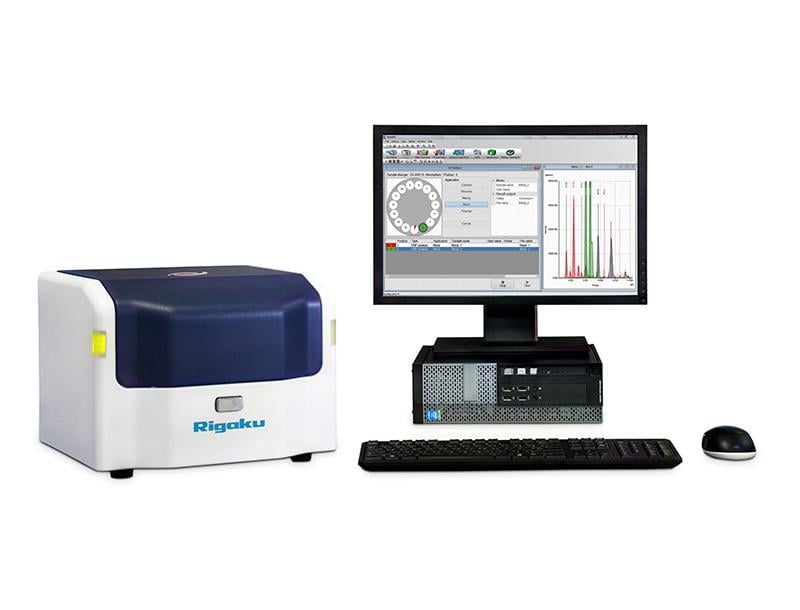Drug Formulation
Formulation development is a complex art with many potential paths to the target product performance and many potential pitfalls on the way. Rigaku is here to help you navigate through the complexity with an extensive array of analytical equipment and experience. From atomic purity through molecular identity to structure/microstructure and phase behavior, Rigaku offers unique solutions for the Formulation Scientist.

Related Resources
Refer to the following video content for more details on drug formulation.
Recommended products
Not seeing what you are looking for? Try Product Finder.
MiniFlex
New sixth-generation general purpose benchtop XRD system for phase i.d and phase quantification
Learn moreSmartLab
Advanced state-of-the-art high-resolution XRD system powered by Guidance expert system software
Learn moreNEX DE
60 kV EDXRF system for high-performance results when analysis time or sample throughput is critical
Learn moreDrug formulation application examples
Explore application examples to see if our solution can help you with your development or production challenges.
-
-
EDXRF1933 - NEX DE Series—Catalysts Residue and Heavy Metal Screening in Pharma Formulation Process Chemistry
-
B-XRD1129 - Variable Humidity Measurement of a Drug Substance using XRD-DSC and a Humidity Controller
-
RAD006 - Pharmaceutical Excipients Identification with Handheld Raman
-
B-TA1008 - Mechanochemical Effect in Caffeine

Contact Us
Whether you're interested in getting a quote, want a demo, need technical support, or simply have a question, we're here to help.




